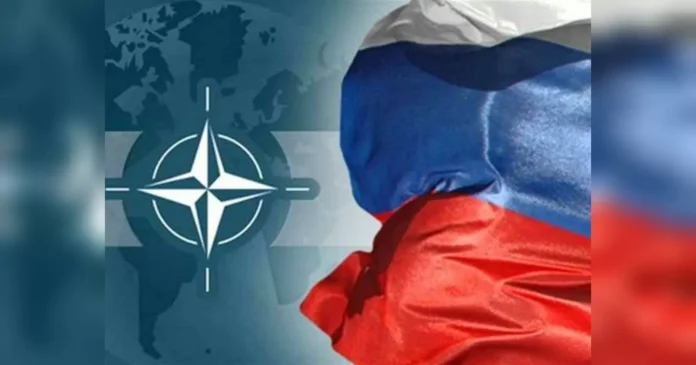NATO Must Understand the Level of Hybrid Actions that Can Provoke a Response from Russia, Including the Use of Military Force, Says James Appathurai
In recent years, the world has seen a rise in hybrid warfare tactics used by various countries, including Russia. This form of warfare combines conventional military tactics with unconventional methods such as cyber attacks, propaganda, and disinformation campaigns. As a result, it has become increasingly challenging for traditional military alliances like NATO to respond effectively. However, according to James Appathurai, NATO’s Deputy Assistant Secretary General for Political Affairs and Security Policy, it is crucial for the alliance to have a clear understanding of the level of hybrid actions that could provoke a response from Russia, including the use of military force.
Appathurai’s statement comes at a time when tensions between NATO and Russia are at an all-time high. The annexation of Crimea in 2014 and the ongoing conflict in Ukraine have raised concerns about Russia’s intentions towards its neighboring countries and NATO. Additionally, Russia’s involvement in the Syrian civil war and its support for authoritarian regimes in Europe have also heightened tensions with the alliance.
In this context, Appathurai’s words serve as a reminder of the importance of NATO’s readiness to respond to any potential threats from Russia effectively. He emphasizes that the alliance must have a comprehensive understanding of Russia’s hybrid warfare capabilities and be prepared to respond with all necessary means, including military force, if necessary.
One of the challenges with hybrid warfare is that it blurs the lines between traditional military actions and non-military tactics. This makes it difficult for NATO to determine an appropriate response, especially when the actions are carried out in a covert or deniable manner. Appathurai stresses that NATO must be able to identify and attribute these actions to Russia accurately. This requires a high level of intelligence gathering and analysis, as well as close cooperation and information sharing among member countries.
Furthermore, Appathurai highlights the importance of unity and solidarity within NATO. He states that the alliance must present a united front and speak with one voice when responding to hybrid actions from Russia. This not only sends a strong message to Russia but also strengthens NATO’s deterrence capabilities. It is crucial for member countries to stand together and show their commitment to protecting each other’s security and sovereignty.
However, Appathurai also acknowledges that NATO’s response to hybrid actions from Russia must be proportional and tailored to the specific situation. He emphasizes the need for a range of options and flexibility in the alliance’s response, as a one-size-fits-all approach may not be effective. This requires constant evaluation and adaptation of NATO’s strategies and capabilities to counter hybrid threats.
Appathurai’s words also highlight the importance of communication and transparency in NATO’s response to hybrid actions from Russia. He states that the alliance must be open and transparent about its actions and intentions, as well as the evidence behind its decisions. This not only helps to build trust and credibility but also serves as a deterrent to Russia’s future actions.
In conclusion, Appathurai’s statement serves as a reminder of the complex and evolving nature of modern warfare and the challenges it poses for traditional military alliances like NATO. It highlights the need for a comprehensive understanding of hybrid actions and the importance of unity, solidarity, and flexibility in the alliance’s response. By being proactive and prepared, NATO can effectively deter and respond to hybrid actions from Russia, ensuring the security and stability of its member countries.

